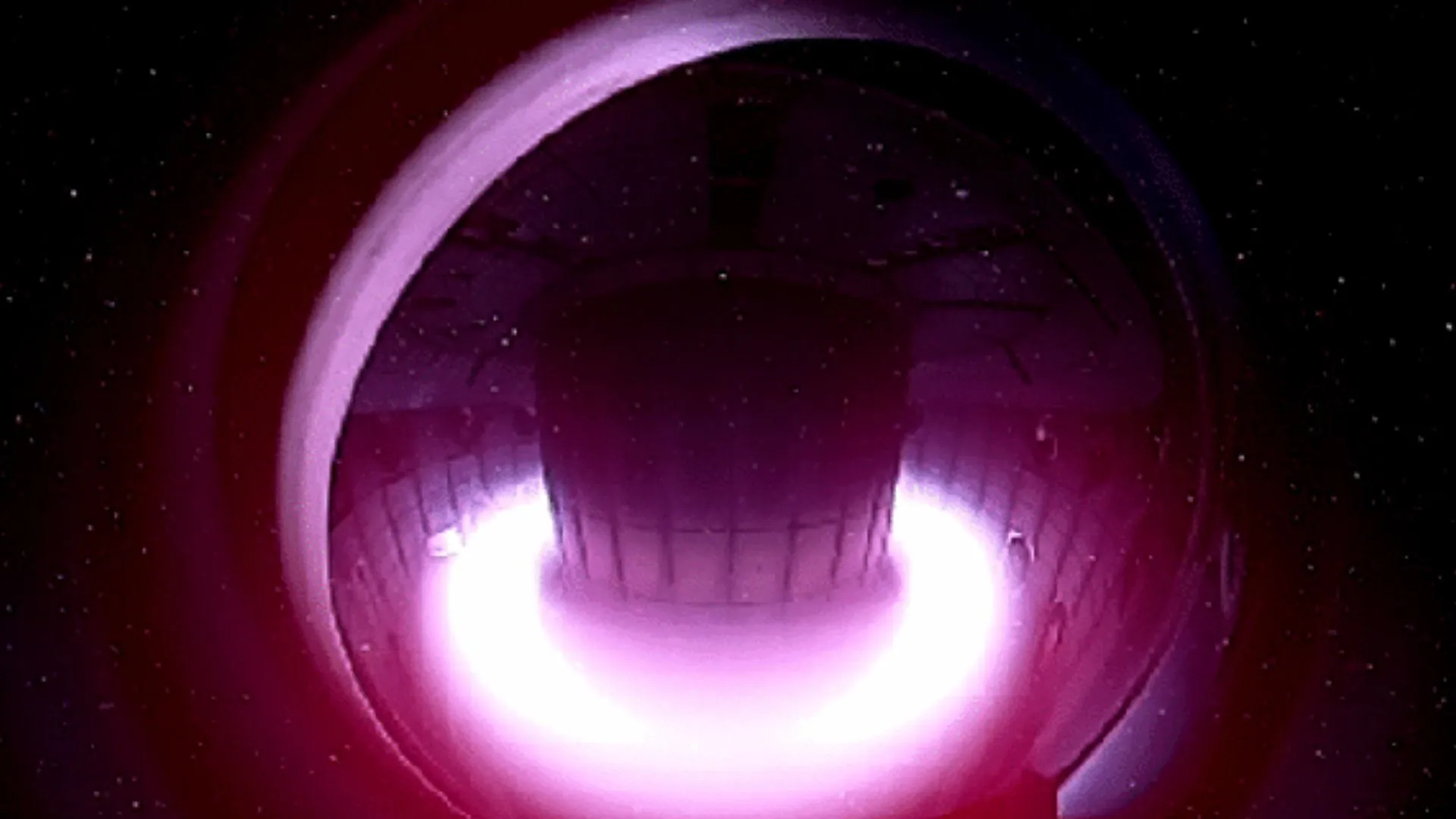
Scientists at the Massachusetts Institute of Technology (MIT) have developed a new method to predict plasma behavior in a nuclear reactor (tokamak) during a rampdown.
Rampdown is the process of safely and reliably turning off plasma current circulating at speeds of up to 62 miles per second (100 km per second) at very high temperatures of over 180000032 degrees Fahrenheit (100 million degrees Celsius).
Rampdowns are considered essential when a plasma becomes unstable. Ramping down the plasma current is carried out to stop it from further damaging the tokamak’s interior.
However, one of the challenges associated with the process is that sometimes the rampdown itself can destabilize the plasma. Even minor damages – scrapes or scarring – to the nuclear reactor’s interior require considerable time and resources for repair.
The method to predict the behavior of plasma in a tokamak during rampdown can save costs and ensure a hassle-free progression towards clean energy goals.
MIT’s process combines physics and machine learning
To develop a method that predicts the behavior of plasma in a tokamak during a rampdown, the team combined machine-learning tools with a physics-based model of plasma dynamics.
The combination of machine learning tools with the physics-based model of plasma dynamics was used to simulate plasma’s behavior and any instabilities that may arise as the plasma is ramped down and turned off.
The researchers trained and tested the new model on plasma data from an experimental tokamak in Switzerland. The data for the new study came from the TCV, the Swiss “variable configuration tokamak” operated by the Swiss Plasma Center at EPFL.
The MIT team found that the method was able to quickly learn how plasma would evolve as it was tuned down in different ways inside a nuclear reactor.
“Uncontrolled plasma terminations, even during rampdown, can generate intense heat fluxes damaging the internal walls,” said lead author Allen Wang. “Quite often, especially with the high-performance plasmas, rampdowns actually can push the plasma closer to some instability limits. So, it’s a delicate balance.”
New model could improve the safety of future nuclear reactors
The team also claimed that the method achieved a high level of accuracy using a small amount of data. It is a promising development as each experimental run of a nuclear reactor is expensive, and data generation is also limited as a result.
The new method could improve the safety and reliability of future nuclear reactors.
“For fusion to be a useful energy source, it’s going to have to be reliable,” says Wang. “To be reliable, we need to get good at managing our plasmas.”
Applying machine learning alone would have required an extraordinarily large amount of data to train. Therefore, it was paired with a neural network by the team.
The team also developed an algorithm to translate the model’s predictions into practical “trajectories,” or plasma-managing instructions that a tokamak controller can automatically carry out, for instance, to adjust the magnets or temperature to maintain the plasma’s stability.
They implemented the algorithm on several TCV runs and found that it produced trajectories that safely ramped down a plasma pulse, paving the way for safer nuclear reactor operations.